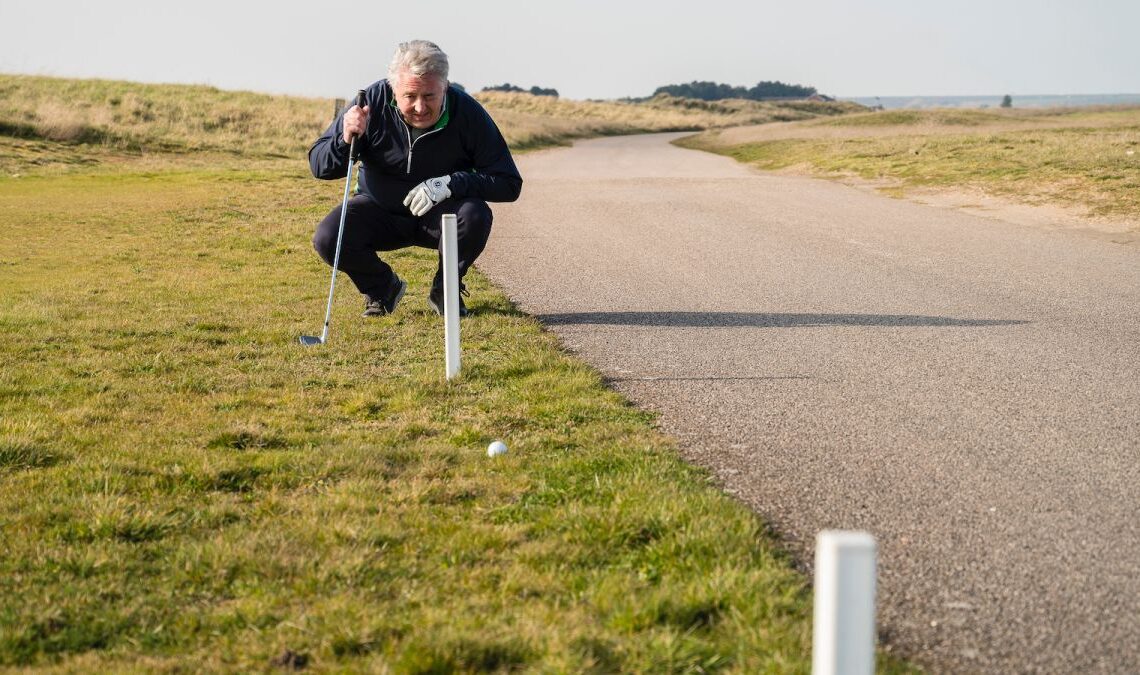There are still some frequently occurring Rules scenarios that catch golfers out too often, either through not being aware of exactly what a particular Rule says, or mistakenly believing that something is the case when it isn’t… or vice versa!
In this article and the accompanying video, we pick out six such scenarios, which we either see golfers often getting wrong, or know that they do from some of the emails to hit the Golf Monthly Rules query Inbox…
Sprinkler head on line on the fringe
This is not an automatic relief scenario under the Rules of Golf, much as you might like it to be if you wish to putt. You only get free relief if your ball lies on the sprinkler head or it would interfere with your area of intended stance or swing, not simply because it is on your line.
You’ll need a Local Rule to get free relief here
(Image credit: Tom Miles)
However, some courses will have a Local Rule that does allow relief if your ball lies within two club-lengths of a sprinkler head directly on your line that is also within two club-lengths of the putting green. If no such Local Rule exists, there is no free relief, so always check the Local Rules carefully.
Failing to mark ball’s position before lifting it to identify it
If you are unable to identify your ball, perhaps in thick rough, Rule 7.3 does allow you to lift the ball to make a positive identification if you genuinely need to.
From 2019 onwards you no longer have to call someone over to observe you lifting your ball, but you do still have to mark its position first.
Make sure you mark the position of your ball with a tee peg or similar as here before lifting it to identify it
(Image credit: Tom Miles)
If you fail to mark your ball’s position before lifting it, lift it when not reasonably necessary to do so, or clean it more than is required to identify it, you will incur a penalty stroke under Rule 7.3.
Is a ball out of bounds if it’s on the line?
There is undoubtedly some confusion out there as to exactly when a ball is out of bounds (OOB). On the line somewhere doesn’t necessarily mean in bounds – it is the course-side edge of any white line on the ground (or the course-side points of any white stakes) that represent the boundary line.
The course-side edge of the out of bounds line is the critical point
(Image credit: Kenny Smith)
If even a small part of the ball overlaps that course-side edge, it is in bounds, even if the majority of the ball lies on the line. But if no part of the ball lies beyond…
..
Click Here to Read the Full Original Article at Golf Monthly RSS Feed…
